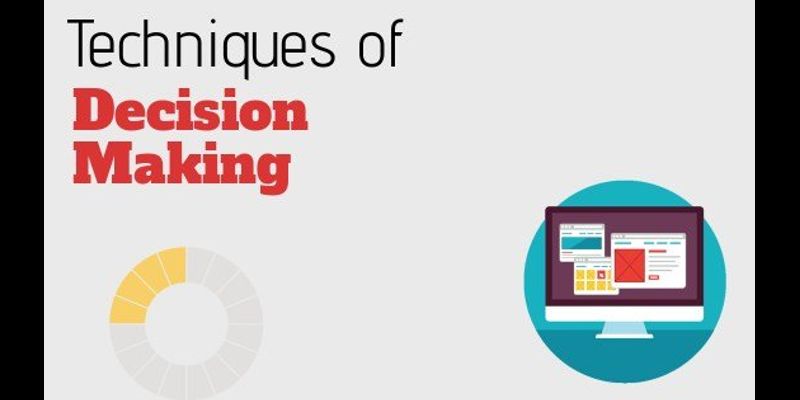Some judgments are so simple that you aren’t even aware you’re making them, yet others are time-consuming, high-risk, and can cause anxiety. Here, we will look at decision-making approaches to improve the quality of your decisions and boost your chances of a positive outcome.
Examine the situation in depth
Critical components of decisions are routinely missed or ignored from the outset, resulting in failure. As a result, before you can make a decision, you must first fully comprehend your situation. Start by considering the decision in terms of the problem it is meant to solve. You must determine whether the claimed problem is the real issue or only a symptom of a larger problem.
Consider some alternatives to the obvious. It’s conceivable that you’ll be able to handle your objective on its own, but it’s more likely that you’ll need to consider a number of interconnected factors. Changes made in one area, for example, might have unforeseen implications in other areas, making the reform useless. This is one of the most effective decision making techniques.
Create a Positive Atmosphere for Your Decision
Can you devote the time and attention that your decision requires? Before getting into the facts and data, take some time to prepare yourself.
This is especially true when you must rely on others to carry out a choice for which you are accountable. You’ll need to figure out who will be involved in the process and who will be part of any final decision-making committee, which should be limited to five to seven individuals.
Allow people to participate in debates without worrying about the other participants dismissing them or their thoughts.
Make a list of good alternatives to choose from.
The more possibilities you look into, the better your ultimate conclusion will be. Creating a variety of possibilities may appear to make your decision more difficult at first, but the act of brainstorming drives you to dig deeper and consider the situation from other perspectives.
When this happens, it’s a good idea to use a number of creative thinking approaches. These can assist you to break out from your usual thought patterns and come up with really new answers.
Examine Your Alternatives
It’s important to assess the feasibility, hazards, and ramifications of each option after you’re sure that you have a decent selection of viable options.
Almost every choice has some level of danger. You’ll need a methodical strategy to identify dangers and determine the likelihood of negative outcomes – as well as the expense of dealing with them. You should also consider the ethical implications of each decision, as well as how they may conflict with your personal and corporate ideals.
Look for the best solutions
Analyse decision making techniques if you want to figure out which ones should be the most important in your selection. It’s time to make a choice once you’ve evaluated all of your possibilities. Carry out a matched comparison.
Evaluate your plans
It might be tempting to move forward now, after all the time and effort you’ve put into researching and selecting choices. However, this is a better moment than ever to “sense check” your selection. After all, while hindsight is useful for figuring out why things went wrong, it’s far preferable to avoid mistakes in the first place!
Learning decision making techniques will encourage your employees to participate in the implementation of the solution by explaining how and why you arrived at your conclusion. People will be more inclined to support it if you give more information about the dangers and expected advantages.
Join our course to improve your decision making ability. Contact us to know more.
